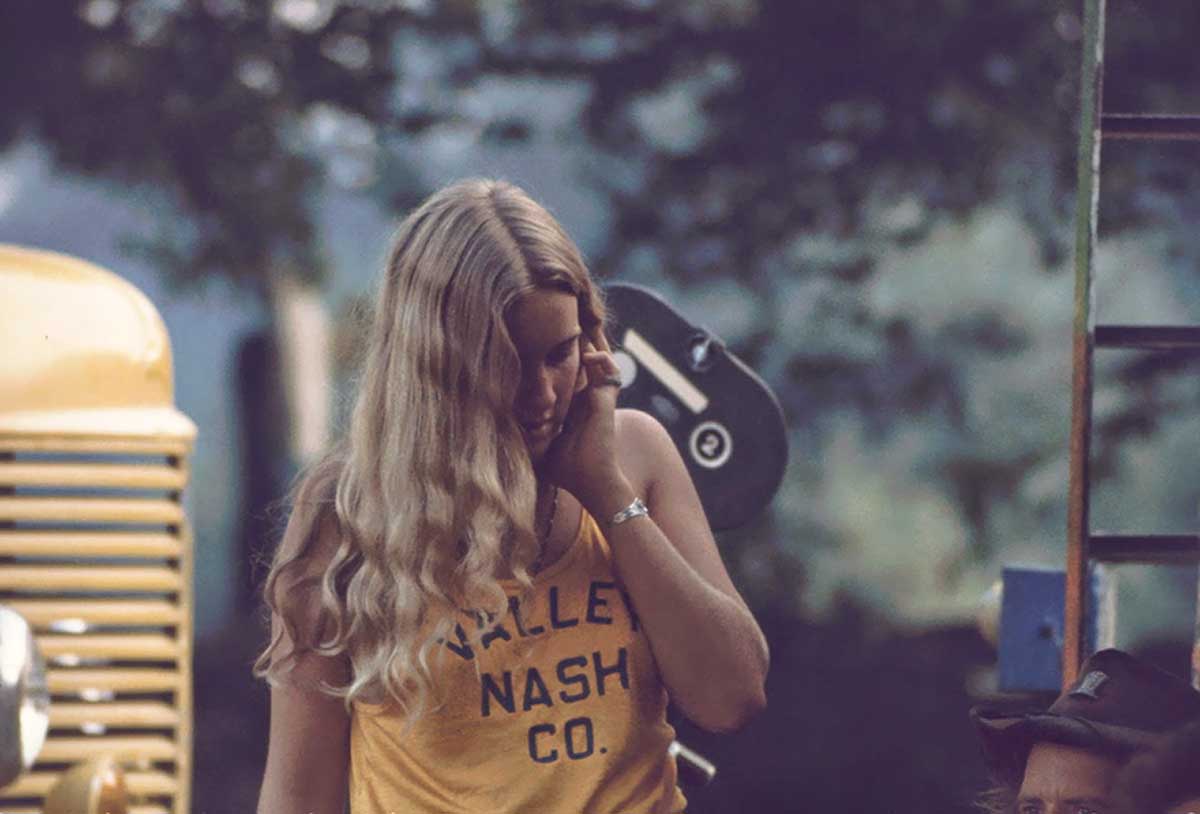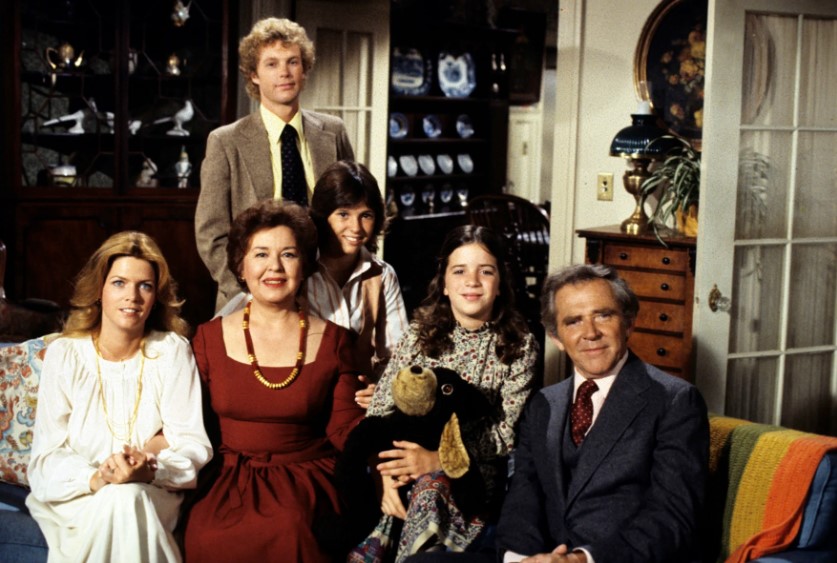In the summer of 1972, Paul McCartney embarked on a unique adventure: a European tour with his newly formed band, Wings, that wasn't just about music. It was a family affair. Unlike the typical rock and roll tour buses filled with roadies and hangers-on, this double-decker sported a brightly painted exterior and a more unexpected passenger list – Linda McCartney, Paul's wife, their young daughter Mary, and Denny Laine's wife and children.

Christened "WNO 481," the bus became a symbol of the unconventional spirit that defined Wings. It wasn't just a mode of transportation; it was a mobile home, a playground, and a creative space. Photos from the tour depict a relaxed and playful atmosphere. Paul and Linda can be seen strumming guitars on the top deck, while Mary explores the open road with childlike wonder.
The decision to bring the family along wasn't just about togetherness. Paul, weary of the isolation that often accompanied touring, craved a sense of normalcy. He envisioned the tour as a summer vacation on wheels, filled with sunshine and spontaneity. Traveling by bus meant avoiding the sterile routine of hotels and airplanes, allowing them to experience Europe in a more authentic way.

Life on the bus wasn't all sunshine and roses. There were logistical challenges. Fitting a family's needs into the cramped quarters of a tour bus meant creative solutions. A playpen for Mary found its place on the upper deck, and impromptu jam sessions often doubled as bedtime lullabies. The constant travel schedule could be tiring, especially for the children.
However, the unconventional setup also fostered a sense of camaraderie and shared experience. The band members' families formed their own support network, sharing meals, playing games, and offering a welcome distraction from the pressures of performing. Linda, a talented photographer herself, documented the tour extensively, capturing candid moments of family life on the road. These photos offer a glimpse into the human side of a rock star, a husband, and a father.

The tour itself was a success. Wings, then a relatively new band, played to enthusiastic crowds across Europe. Performing a mix of Paul's solo material and Wings' early hits, the band honed their sound and stage presence. The tour's relaxed atmosphere allowed for experimentation, with impromptu jam sessions and guest appearances becoming regular occurrences.
The "Wings Over Europe" tour holds a special place in Paul McCartney's career. It wasn't just a tour; it was a statement of intent. It showcased Paul's desire to create music on his own terms, free from the constraints of the Beatles' legacy. More importantly, it demonstrated his commitment to family and a sense of normalcy.

The tour's impact extended beyond music. WNO 481 became a pop culture icon, a symbol of the blurring lines between professional and personal life in the rock and roll world. It inspired other musicians to bring their families on tour, fostering a more relaxed and creative touring environment.
Even today, the "Wings Over Europe" tour serves as a reminder that even the biggest stars value family and a sense of home. The photos and stories offer a heartwarming glimpse into a pivotal moment in Paul McCartney's life, a time when he balanced rock and roll stardom with the simple joys of family life on the open road.






